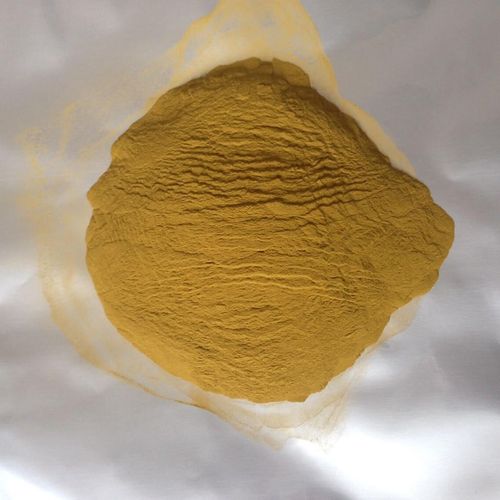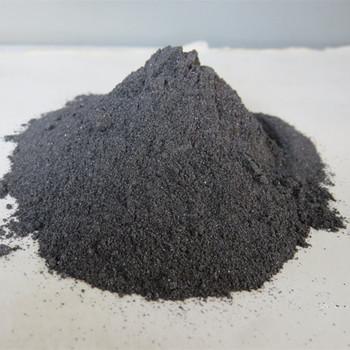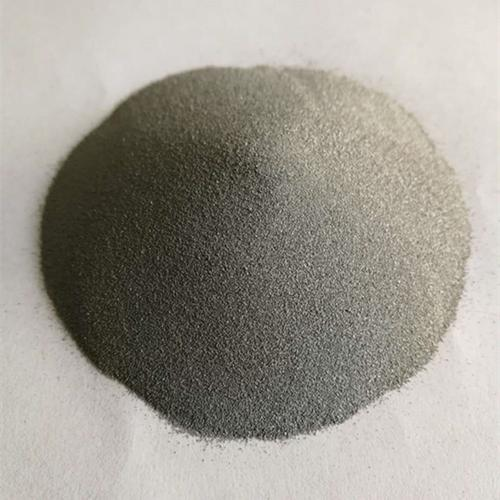**Bend It Like Tungsten: Unraveling the Mystery of the Unyielding Metal**
(Is Tungsten Malleable? Investigating Its Flexibility)
Tungsten. The name alone sounds like a superhero from a heavy metal comic book—tough, unbreakable, and maybe a little too serious. But can this real-life metallic hero bend, stretch, or flatten without throwing a tantrum? Let’s dive into the world of tungsten to see if it’s got the flexibility of a gymnast or the stubbornness of a grumpy old mule.
First off, the short answer: **No, tungsten is not malleable**. In fact, it’s one of the least malleable metals on the periodic table. If you tried to hammer it into a sheet or twist it into a pretzel, you’d likely end up with a broken hammer and a lot of frustration. Tungsten’s reputation as the “strongest natural metal” isn’t just hype—it’s got the highest tensile strength of any pure metal, melting point (a blistering 3,422°C or 6,192°F), and a density that rivals uranium. But flexibility? Not so much.
Why is tungsten so stubborn? Blame its atomic structure. Atoms in metals like gold or aluminum are arranged in layers that can slide over each other when force is applied, making them malleable. Tungsten, however, packs its atoms in a rigid body-centered cubic structure. These atoms are like tightly interlocked puzzle pieces—they don’t budge easily. Add to that strong metallic bonds, and you’ve got a metal that laughs at your puny attempts to reshape it at room temperature.
But wait—what if we turn up the heat? After all, even the toughest cookies soften in the oven. Surprisingly, tungsten stays defiant. While heating most metals makes them more pliable, tungsten requires temperatures so extreme (think: white-hot furnaces) that working with it becomes a Herculean task. Even then, it’s prone to cracking if cooled too quickly. This is why shaping tungsten often involves powder metallurgy—sintering tiny particles under heat and pressure—instead of traditional forging.
So, if tungsten is so inflexible, why do we even bother with it? Because sometimes, being unyielding is a superpower. Tungsten’s rigidity makes it perfect for applications where failure isn’t an option. Light bulb filaments? Tungsten glows without melting. Rocket engine nozzles? It withstands scorching exhaust. Armor-piercing bullets? They rely on tungsten’s density to punch through barriers. Even your smartphone might contain tungsten in its vibration motor. It’s the unsung hero of extreme environments.
Here’s a fun twist: Tungsten’s lack of malleability doesn’t make it boring. Scientists have found ways to sneak flexibility into tungsten composites. By mixing it with materials like nickel or iron, they create alloys that bend ever so slightly without sacrificing strength. These hybrids are used in everything from aerospace components to radiation shields. It’s like giving a stoic bodyguard a tiny bit of yoga skill—still tough, but with a dash of adaptability.
Historically, tungsten’s inflexibility almost got it labeled as a “problem child” of metallurgy. Discovered in 1781 and initially named “wolfram” (hence its chemical symbol “W”), it was mostly ignored until the 20th century when industries realized its potential. Today, it’s a VIP in tech, defense, and manufacturing.
(Is Tungsten Malleable? Investigating Its Flexibility)
In the end, tungsten’s refusal to bend is what makes it extraordinary. While it won’t win any origami contests, its brute strength and resilience keep our world running in ways softer metals never could. So next time you flip on a light switch or marvel at a rocket launch, remember: sometimes, being rigid isn’t a flaw—it’s a feature. Tungsten isn’t here to flex. It’s here to get stuff done.
Inquiry us
if you want to want to know more, please feel free to contact us. (nanotrun@yahoo.com)


